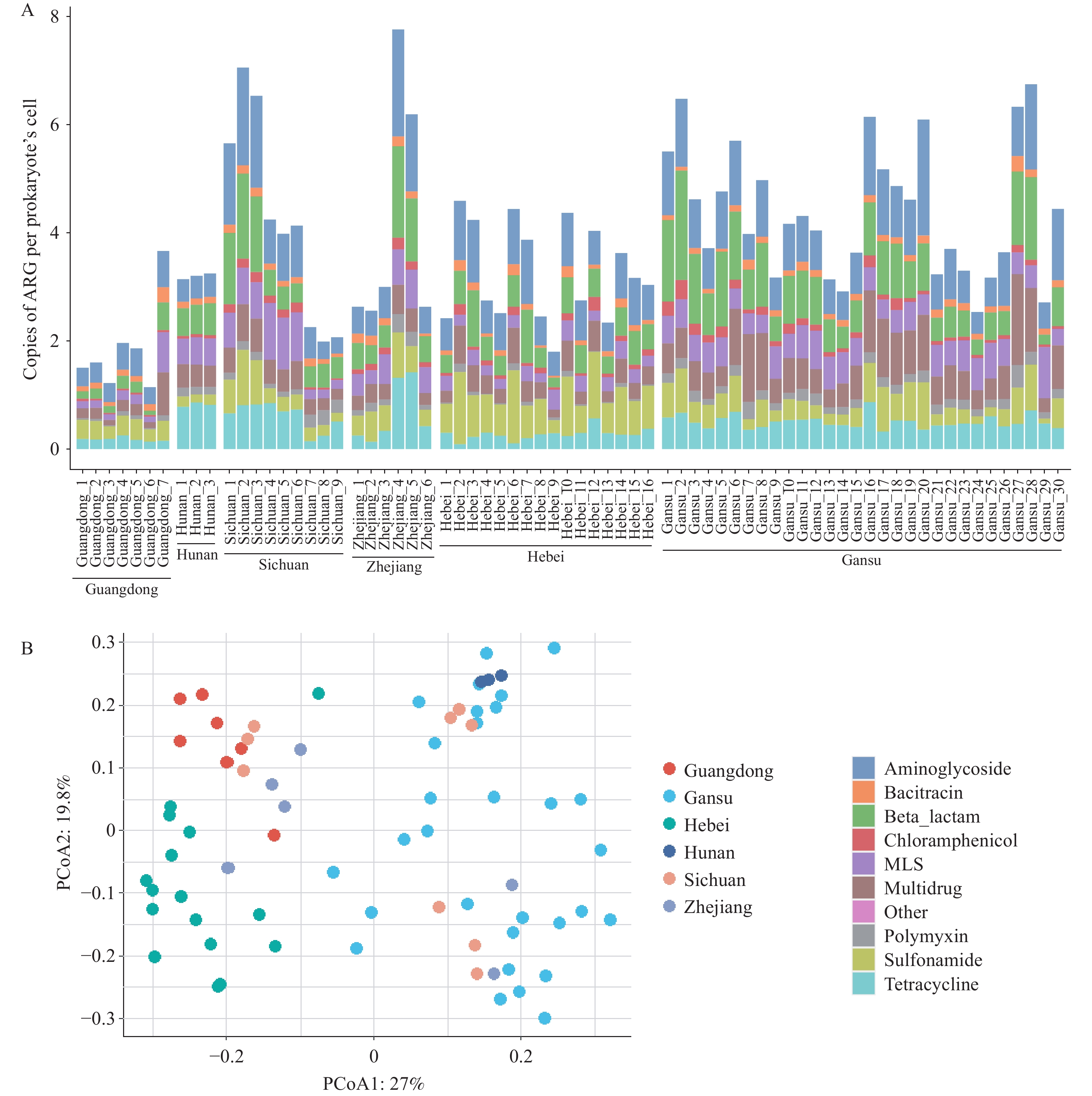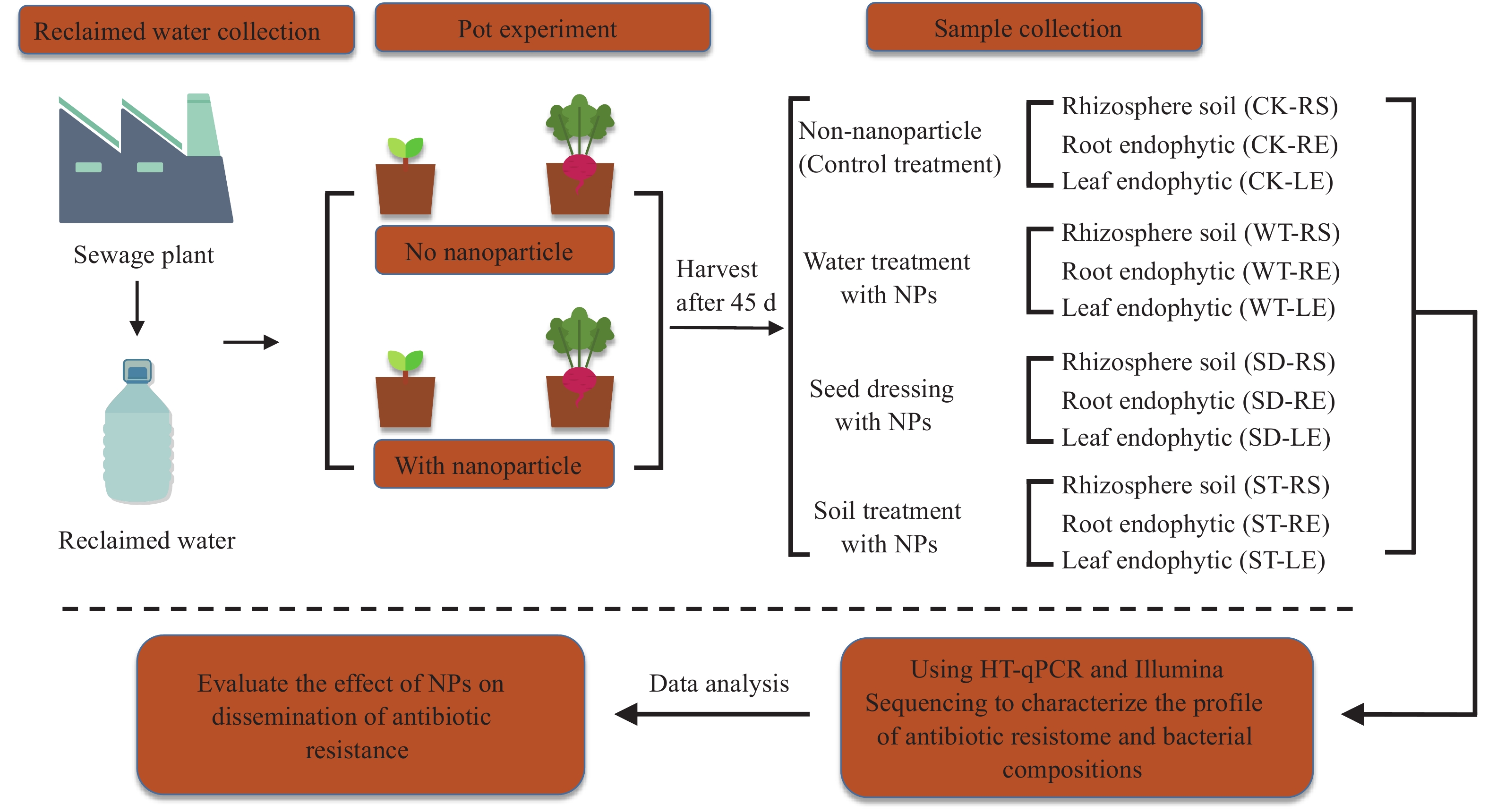2023 Vol. 5, No. 46
Hospital wastewater represents a significant conduit for the dissemination of antibiotic resistance genes (ARGs), including those that are of clinical importance. Yet, the variation in antibiotic resistance on a national level, which can be influenced by regional differences, has not been thoroughly elucidated.
Uniform methodologies were employed to analyze data from various provincial-level administrative divisions in China, aiming to investigate the patterns of antibiotic resistance across these regions. This analysis illuminated the location preferences of clinically ARGs on plasmids. Additionally, our study uncovered regional variations in the presumed bacterial hosts of ARGs at the genus level.
This investigation has shed light on the nationwide prevalence of ARGs in hospital wastewater in China, uncovering the significant ecological and public health risks associated with the disposal of such effluents.
The use of reclaimed water (RW) for irrigation in agricultural practices raises concerns regarding the dissemination of antibiotic resistance genes (ARGs) from soils to edible crops. The effectiveness of nanoparticles (NPs) in reducing antibiotic resistance in vegetables irrigated with RW remains largely unexplored.
To investigate the effects, we conducted pot experiments in which radishes were planted in soil amended with CeO2 NPs using various application techniques. The abundance of ARGs was characterized using high-throughput quantitative PCR (HT-qPCR). Concurrently, we utilized 16S ribosomal RNA (rRNA) gene sequencing to evaluate the microbial community structure of both the rhizosphere soil and the endophytic compartment within the radishes. Employing bioinformatics analysis, we probed the potential mechanisms by which NPs influence the resistome within the reclaimed water-soil-radish system.
Following the application of CeO2 NPs, there was a noticeable reduction in both the number and concentration of ARG genotypes in the rhizosphere soil, as well as within the radish. Concurrently, CeO2 NPs appeared to mitigate the propagation of ARGs within the reclaimed water-soil-radish system. The ability of CeO2 NPs to modulate the resistome is linked to alterations in microbial community structure. Soil treatment with NPs emerged as the most effective strategy for curbing the spread of ARGs.
This finding provides a theoretical foundation for the development of nano-agricultural technologies aimed at controlling the proliferation of ARGs.



 Subscribe for E-mail Alerts
Subscribe for E-mail Alerts CCDC Weekly RSS Feed
CCDC Weekly RSS Feed

